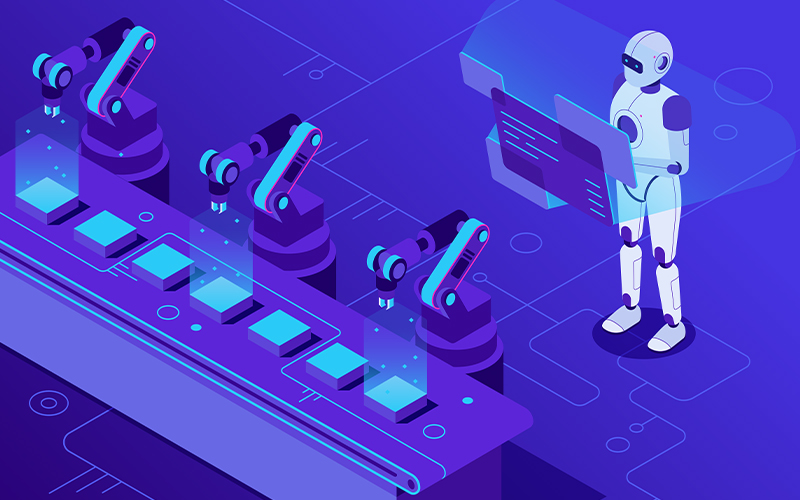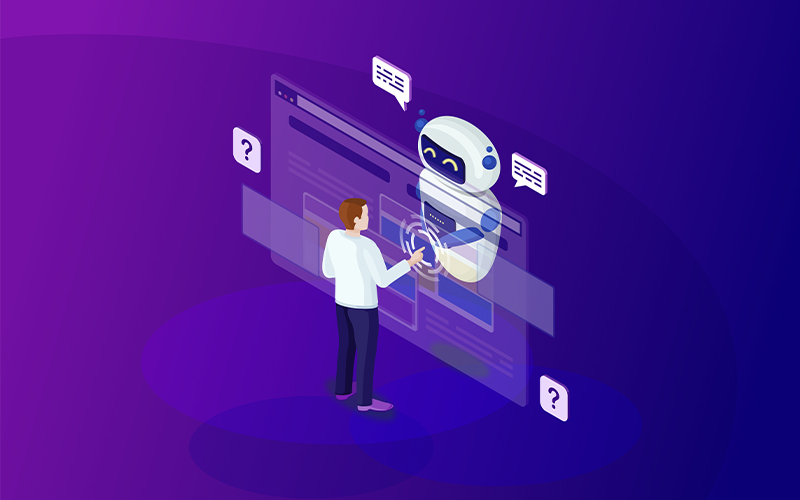Robotic Process Automation
Security risks and challenges in robotic process automation
As digitisation becomes an integral part of the global business landscape, robotic process automation (RPA) is essential for enhancing business processes and has bolstered the operational efficiency of businesses, from small-to-medium-sized businesses to multinational organisations. The global RPA market is booming and is poised to reach $13.74 billion by 2028 (with a CAGR of 32.8%). As companies are reaching the end of the learning curve for RPA solutions, following a sudden shift to a digital ecosystem during the COVID-19 pandemic, the full benefits of RPA are becoming apparent. However, concerns around RPA security risks have also been at the front and centre of every discussion to enhance best practices and safety checklists for RPA security.
Robotic process automation (RPA) security risks and challenges
Data leakage and fraud are two of the biggest security risks for RPA systems. Although RPA can handle repetitive tasks, saving time and money, bots have access to sensitive data. This can cost businesses millions of dollars and present significant security risks if exposed to attackers. Lack of stakeholder involvement during the RPA development process can exaggerate these risks as the RPA development team may fail to consider critical security concerns and internal controls. A security checklist and RPA security best practices helps your business ensure security in RPA use cases.
- Enable secure RPA development:
- Involve key stakeholders:
- Implement the ‘least privilege’ principle:
- Protect log integrity:
- Ensure accountability for bot actions:
- Develop and maintain key artifacts:
RPA development is an ongoing process and must evolve with upcoming threats and weaknesses in the system. A stringent security framework and clear responsibilities for each team member helps ensure RPA security.
The involvement of key stakeholders — such as system owners, project managers, and the RPA team — in the RPA development process is critical. This way, you can consider, discuss, and integrate every security concern and potential internal controls in the RPA solutions from the get-go. This ensures that RPA security pervades from the pilot stage and the PoC stage to delivery and bot support.
RPA implementation can potentially increase account privileges, leading to fraud and security breaks. Operating on the ‘least privilege’ principle ensures that each bot has access to database components necessary to complete its designed tasks. This may mean restricting the read or write access to the RPA bots as required to prevent unauthorized access. Such practice protects your system in the case of a cyberattack by limiting the bot’s access to databases and apps.
In case of an RPA failure, logs hold the key evidence of the failure event, which is vital for compliance and security measures. The security team will need to review them to identify and eliminate any weaknesses or threats that caused the failure. If the logs are not properly maintained, incoherent data can hinder or mislead this investigation. Maintaining the RPA security logs on a different system is an effective way to maintain the security and forensic integrity of the records.
RPA does not differentiate between RPA bot identities and bot operators, which can lead to security breaches if not managed properly. Assigning unique identifiers and access credentials to each bot ensures accountability for bot action. Steps such as two-factor authentication or eliminating hard-coded access rights helps in ensuring RPA security.
Producing and maintaining key documentation is integral to securing, supporting, and auditing RPA solutions. You must develop, update, and maintain artefacts — such as impact analysis, security plan and architecture, high-risk control considerations, and data sharing agreements — to comply with RPA security protocols.
For organisations on the digital transformation journey, agility is key in responding to a rapidly changing technology and business landscape. Now more than ever, it is crucial to deliver and exceed on organisational expectations with a robust digital mindset backed by innovation. Enabling businesses to sense, learn, respond, and evolve like a living organism, will be imperative for business excellence going forward. A comprehensive, yet modular suite of services is doing exactly that. Equipping organisations with intuitive decision-making automatically at scale, actionable insights based on real-time solutions, anytime/anywhere experience, and in-depth data visibility across functions leading to hyper-productivity, Live Enterprise is building connected organisations that are innovating collaboratively for the future.
How can Infosys BPM help in mitigating the Challenges of RPA (robotic process automation): Best Practices?
Infosys BPM robotic process automation services can help you design the next-generation workforce for your business. Seamlessly blend the RPA solutions with AI for intelligent process automation that can deliver agility, innovation, and efficiency in the most varied and complex client environments with services such as:
- Advisory services
- Pilot and PoCs
- RPA delivery
- Bot support







